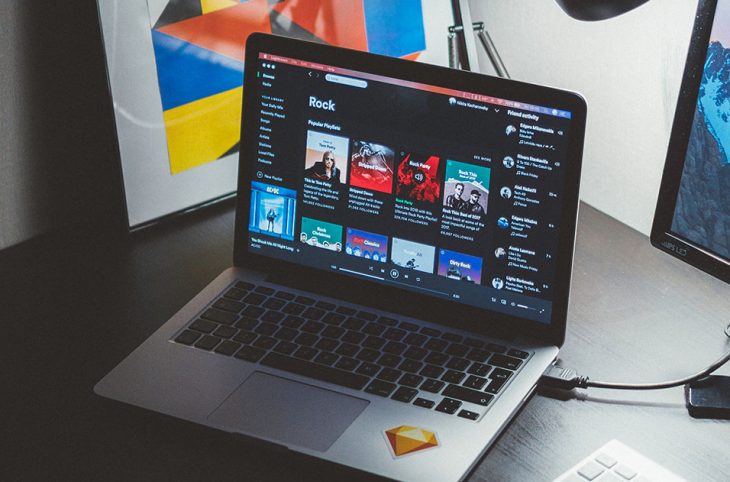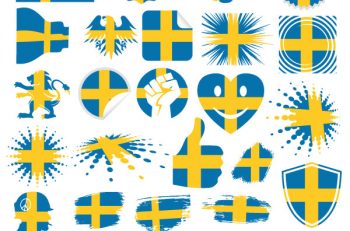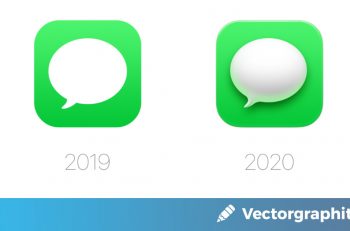Historically, graphic design and technology have always been connected in some capacity. As the design tools advanced, the industry would shift, adapt, and grow with them. Over the last few decades, the industry has shifted to being completely digital, vastly changing the way artists use their skills, navigate the tools, and find jobs. Here are the five biggest ways technology has affected the graphic design industry.
1. The overall skills
Even only a decade ago, the technology available to graphic designers was very different than it is today. Go back even further, and that era of designers and artists were probably learning different skills altogether that today, might be irrelevant.
Take typesetting, for instance. Nowadays, hundreds of thousands of different fonts are available to buy or download for free, and all you have to do is install them on your computer. From there, you can play with size, color, thickness, kerning, tracking, and a myriad of other effects with a few clicks of the mouse. Before computers, graphic designers had to figure out what kind of typestyle and size they wanted, send their orders to a typesetter who would print it out overnight using a giant typewriting machine, then painstakingly cut out the individual letters, and play around with the organization on the page before pasting them down piece by piece. It was a tedious process that took skillful and delicate hands, plus a whole lot of patience.
Other processes like photo manipulation and layout design moved from crafting by hand to digital as soon as the first desktop Macintosh computer was released to the public. Designers of today might not all need to be good with their hands, and are instead much more proficient with editing and design software.
2. The programs available
When design processes went digital, the number of programs available started to grow. Before, designers would have to draw everything by hand, and if anything needed to be moved or placed somewhere else, it would be cut out by hand and glued on with rubber cement. Now, digital drawing, photo editing, and layout programs eliminate the laborious process.
It started with computer programs like Adobe Illustrator, Photoshop, and InDesign, which helped move projects along much faster. What would have taken days to put together now only takes hours, thanks to advancements in technology. The biggest advantage is how easy it is to edit on the fly, which makes the entire process go so much faster and become so much more efficient. Unless they have an affinity for history, graphic designers today probably don’t know how much easier they have it when it comes to the tools available.
More recently, the rise of mobile editing apps has simplified the graphic design process even further. Apps like Snapseed have a good number of similar features to Photoshop, but directly on your smartphone. That’s a powerful application being brought to mobile – something designers from before the Internet era most likely couldn’t have imagined. While it isn’t a mobile version of Photoshop, it can certainly do the trick for quick and simple graphic design creations or edits or can be a good stepping stone for beginners.
3. Accessibility to learning
The amount of online resources for graphic designers in today’s connected world is astounding. Yes, graphic design is a professional skill, but these days, graphic designers don’t necessarily need to go to college to be successful. There are so many websites that offer information, tutorials, and certification courses. If college is more your style, and you want that prestigious accreditation, there are online options for that as well.
Choosing to study online is beneficial for a lot of reasons, but mainly because of the variety and number of courses to choose from. You can select any class in any subject you can think of, go for a full degree program, and anything in between (these days you can find anything from a professional electrical engineering degree online to a graduate certificate in the puppet arts! Almost anything is possible). Another main benefit is that you can continue working while you study since online courses are flexible and you can work them around your schedule. Don’t worry about losing touch with the industry while you study – you can do both at the same time.
If you just want to refresh a few skills or maybe get up to date on new techniques, there are a lot of websites that post tutorials to help people in your situation. Some require subscriptions, but some are free, which makes this a great way to learn on the fly. There’s a section for tutorials on this website, as well as tons of comprehensive videos on Lynda and Skillshare, to name some popular examples. YouTube is also full of tutorial accounts to get you started or to answer quick questions you may encounter on while working on a project.
4. The volume of available work
The Internet is highly visual, and imagery is literally everywhere you look online. From memes to advertisements to photos, everything on the Internet is the product of design, and most of it was created by a designer.
All brands and companies need some kind of visual branding now to be heard online. This means there are a lot more companies looking for graphic design work for platforms like social media, websites, and to sell merchandise like clothing and accessories on their e-commerce platforms. This is all in addition to traditional advertising efforts, like print materials and advertising, and outdoor advertising on billboards or transit shelters. The exposure that comes from good design work online makes a huge difference in how the company is viewed by the public, and most – if not all – brands understand and respect the work of a quality graphic designer.
5. Job postings
The Internet has also revolutionized how artists and designers find work and how people post jobs seeking artists and designers. Job aggregate websites like LinkedIn and Monster.com make it simple to connect with recruiters or apply for full- or part-time postings with the click of a button. For those who want to freelance, there are community-based websites like Dribbble and Upwork to network and share your portfolio with people browsing and looking to hire. These websites do have a bit of a learning curve, but eventually, pay off with the amount of exposure you can receive as a freelance artist. For those looking to hire freelancers, it makes it incredibly quick and easy to browse through portfolios and find the right artist for the job.




